Ulysses HISCALE Data Analysis Handbook
4.12 Calculated Responses of HISCALE Sensors to Omnidirectionally Penetrating Cosmic Galactic Rays
Document Source: James Tappin and Dennis Haggerty
4.12.1 Numerical Simulation of HISCALE Response to Galactic Cosmic Rays
This simulation models isotropic flux through a cylindrical detector. The dimensions of the detector are: radius = 5652 mm, thickness = 200 mm. The simulation determines the distance traveled in the detector for each randomly entering particle. For clarity the results have been placed in three separate categories. They are:
Case 1 - Top entering particles leaving through the
detector side.
Case 2 - Top entering particles leaving through the bottom.
Case 3 - Side entering particles leaving through a side.
The energy deposition due to these particles can be determined by the equation:
Energy = 0.466 keV/Micron * Penetration distance
The slope of the graph is approximately 3.
Figure 4.84 Cosmic ray case
2 (top) and case 3 (side)
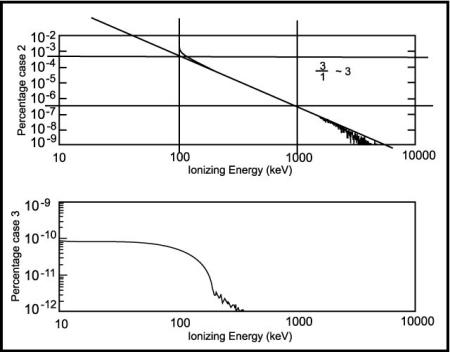
Figure 4.85 Cosmic ray case 1 (oblique) and total
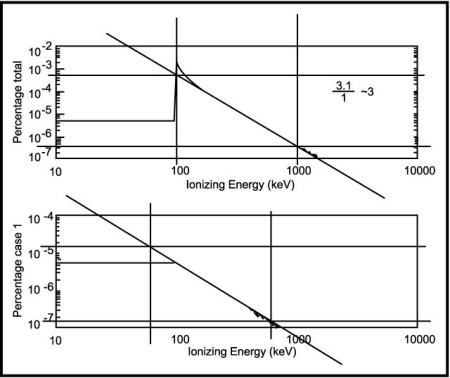
Figure 4.86 Calculations of penetration geometry, part I
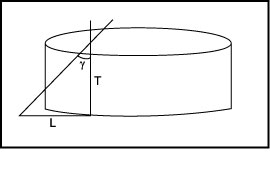 |
tan g=L/T L=T tan g |
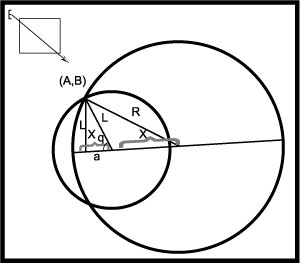 |
A=L cos q B=L sin q A=T tan g cos q B=T tan g sin q |
|
|
If r' > r
case 1 Else r' <= r case 2 |
Figure 4.87 Calculations of penetration geometry, part II
CASE 1: Projection through side
 |
|
  |
 |
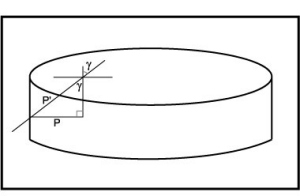 |
 |
CASE 2: Projection through bottom
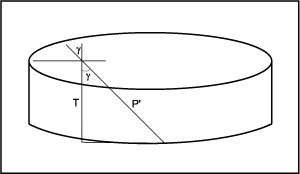 |
|
Next: 4.13 Summary of HISCALE 4-pi Viewing and Sectoring Relationships
Return to Chapter 4 Table of Contents
Return to Ulysses HISCALE Data Analysis Handbook Table of Contents
Updated 8/8/19, Cameron Crane
QUICK FACTS
Mission End Date: June 30, 2009
Destination: The inner heliosphere of the sun away from the ecliptic plane
Orbit: Elliptical orbit transversing the polar regions of the sun outside of the ecliptic plane



